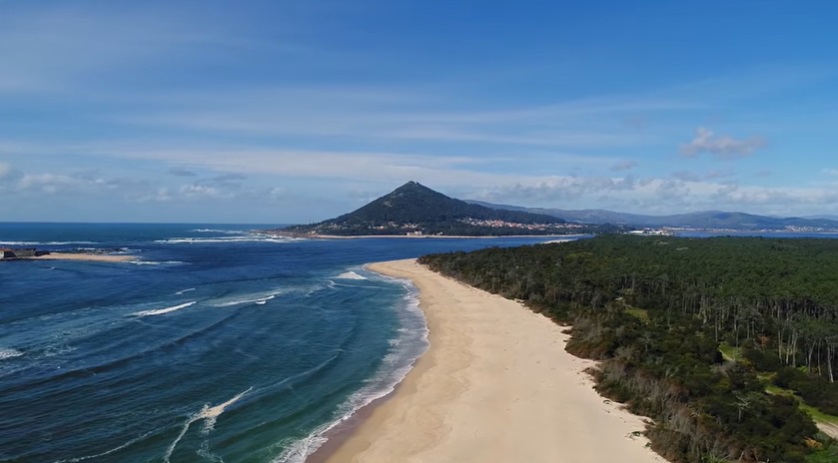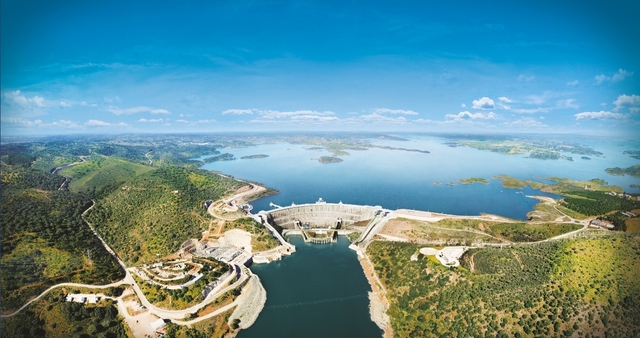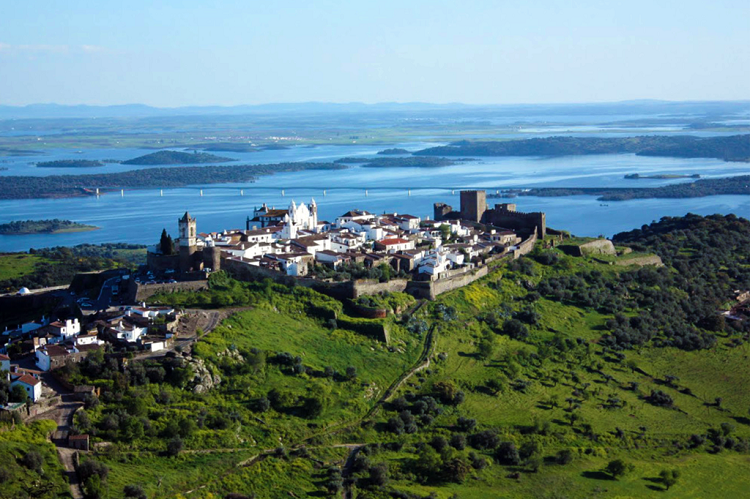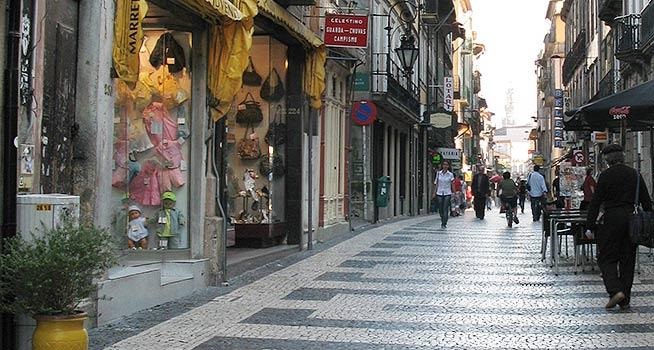10 facts that not even Lisbon people know about Lisbon Travel
Lisbon was not always the capital of Portugal
UNESCO World Heritage Guimarães was the first capital of Portugal, designated in the twelfth century, and is nicknamed the "cradle of Portugal" (Guimarães is also where the first king of the country was born). Located a short distance from Porto, it is a great city for a weekend getaway full of old buildings such as the 10th century Guimarães Castle, medieval churches and Iron Age archaeological sites.
Coimbra became the second capital of the country and remained so for a century before the title was transferred to Lisbon. Lisbon periodically lost its title in the 19th century, when the Napoleonic Wars caused Portuguese royalty to flee to Brazil and Rio de Janeiro was temporarily the capital for 13 years .
City garbage collectors have been nicknamed Almeidas
There was a time when city cleaners were nicknamed "Almeidas". One hypothesis states that the cleaning crews came from a fortified village called Almeida, located in the northern part of the country, near the Spanish border. Another possible theory states that the nickname came from the general support of city workers for Antonio José de Almeida, one of the countrys short-term presidents in the early twentieth century. Either way, the term is no longer common and sometimes considered impolite, so keep in mind that it is not a good idea to use it .
Belem Tower was once a prison
The beautiful Belém Tower is one of the citys landmarks and must-see architectural wonders. It was built during the Age of Discovery as a military fortification, but many people are unaware that it was used as a political prison during the 19th century Liberal Wars.
Lisbon residents have two nicknames: Lisboetas and Alfacinhas
Ok, most people know that the residents of Lisbon are called Lisboetas, but many do not know the second nickname: Alfacinhas. Lettuce is the Portuguese word for lettuce and alfacinha means lettuce; The nickname is believed to come from a time when locals had little more to eat than vegetables and preferred lettuce. Ironically, when you order a salad in Portugal today, they are quite basic, consisting of a bed of lettuce, sliced onion, tomato (sometimes) and shredded carrot. Coincidence?
Lisbon is actually a city in eight hills, not seven

The idea of a city on seven hills, like Rome, is certainly romantic, and perhaps that is why this description of Lisbon has remained. The original reference came from a book called The Book of Greatness of Lisbon where the author listed seven beautiful hills, but forgot the highest of all - Graça Hill where the Sophia de Mello Breyner Andresen Viewpoint offers one of the most dramatic panoramic views. the city, facing the river, castle and bridge.
You will find one of the smallest bookstores in the world here
Portugal has a well-deserved reputation as a book readers dream and is home to many literary treasures, including the worlds oldest bookstore, one of the most beautiful libraries in the world, and one of the most beautiful bookstores in the world. What people may not know is that it is also home to one of the smallest bookstores in the world. Located a few steps from St Christophers Stairs, on the border between Baixa and Alfama, this place is well worth a visit, but you may need to wait for space to clean, as the closet-sized store ( crammed with approximately 4,000 books ) only serves a couple of people inside at a time.
Its home to one of the worlds most secret recipes.

Custard tarts , adored by locals and tourists alike for their flaky crust and creamy, sweet egg filling, have put Lisbon on the dessert lovers maps. Even though they are made all over the country and found in almost every pastry shop, only 3 people around the world know the original recipe : the same one sold in Belém in Pasteis de Belém
The Lisbon Oceanarium has the largest inner tank in Europe
Located in Parque das Nações, Lisbon Oceanarium offers a great way to spend a day in one of Lisbons most modern neighborhoods. Filled with five million liters of seawater, the central tank is the largest of any inland aquarium in Europe and contains a wide variety of fish from small tropical species to different sharks, deep-sea fish and a beautiful and unique Sunfish. bigger bone fish). The central tank is the main feature, but visitors are led on a circular tour that takes them through exhibits displaying invertebrates, mammals, plants and more.
Lisbon was one of the first (if not the first) international cities to compete in Guinness
That pretty much sums it up. Sláinte !
Lisbon was known as a "city of spies" and international exiles were welcomed near Estoril
During World War II, Portugal maintained a reputation for being neutral, but behind the scenes, it is believed that both German spies and allies were pulling invisible ropes in the Portuguese capital, while Lisbons secret police watched closely. Portugals dictator, Antonio Salazar, was said to be "playing on both sides" to protect the country from wartime reaction. In addition to spies, war refugees and prominent international personalities exiled from their own countries, they mingled in Lisbon and near Estoril. The Lisbon espionage connection is believed to have inspired writer Ian Fleming, author of the James Bond stories, during his time there while working as a British Naval Intelligence Officer.
Outros Artigos Populares no Blogue
-


14 places not to be missed in Porto Portugal
Portos charms abound, and the laid-back vibe of the city gives travelers to Europe a much-needed relief from the museums-filled cities and faster site... -


These are the 7 best Portuguese wines of 2019
The Oscars to the Portuguese, but here the main actors are the wines. The 2019 edition of the Wines of Portugal Contest distingu... -


Lisbons new vegetarian restaurant has menu for only 8.90 euros
Cabane is a vegetarian and vegan restaurant that was born with the aim of spreading healthy eating affordably in Principe Real. In a relaxed family a... -


Moledo Beach Portugal hides magnificent places!
Considered by many to be the most beautiful beach in the north. Its beauty is undeniable and peculiar, the surrounding dune landscape, protected ... -


Monte Brasil is in Portugal and is an almost unknown pearl Island Azores
Always present south of the city are the remains of a cone created after the ancient eruption of the Guilherme Moniz volcano. This is at the end of a... -


This is the largest artificial lake in Europe in the Alentejo Portugal
The Alqueva Dam is a dam in Portuguese arch, located in the Guadiana river, in the Alentejo region. Alqueva is the largest ... -


The 5 Most Beautiful Villages in Alentejo Portugal
Between Castelo de Vide and Portalegre, a few kilometers from Spain, we find the quiet village of Marvão, at the highest point of the Serra de ... -


Cedofeita Street the street you have to visit in Porto Portugal
The street takes its name from the Church of São Martinho de Cedofeita, whose foundation is thought to date back to the sixth century, in full ...
